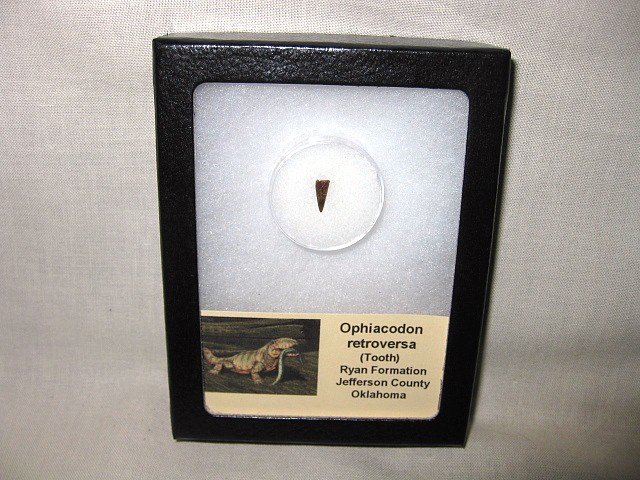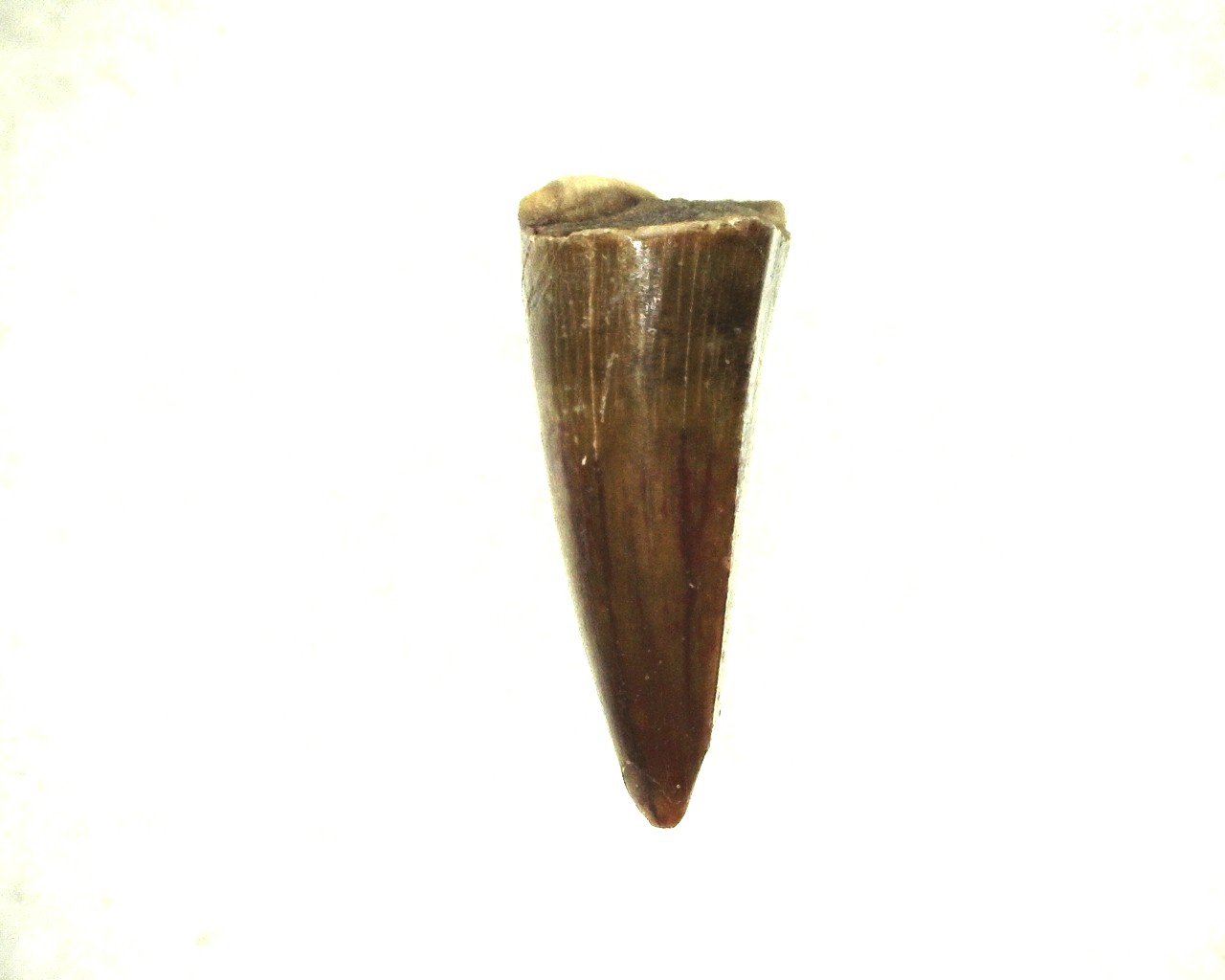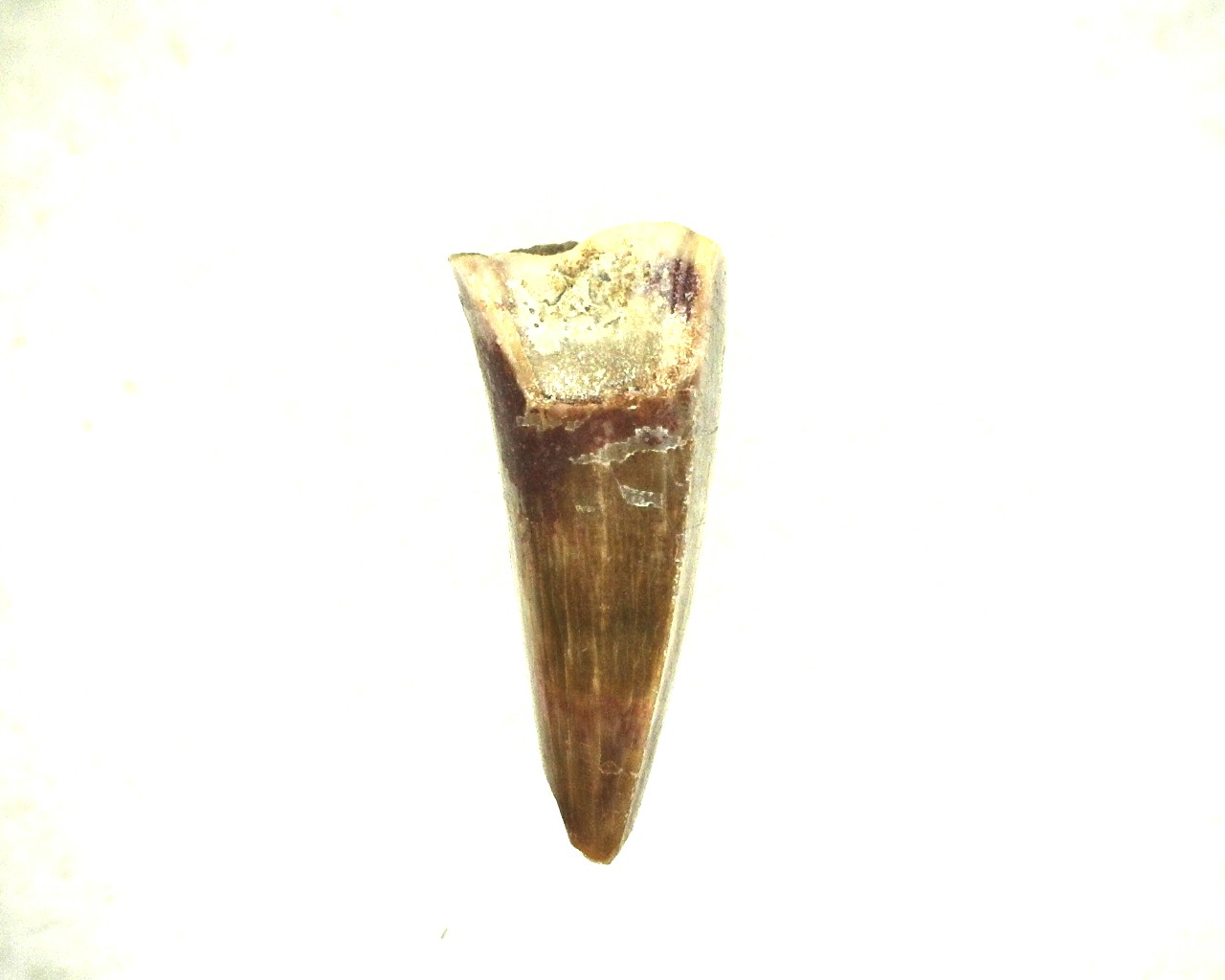Description
- Ophiacodon retroversa
- Permian Age
- Ryan Formation
- Jefferson County,Oklahoma
- Tooth Measures Approx. 11/32″ long and will come in the 3.25″ x 4.25″ Riker Mount with Label as Shown
Ophiacodon (meaning “snake tooth”) is an extinct genus of synapsids belonging to the family Ophiacodontidae that lived from the Late Carboniferous to the Early Permian in North America and possibly Europe. The genus was named along with its type species O. mirus by paleontologist Othniel Charles Marsh in 1878 and currently includes five other species. As an ophiacodontid, Ophiacodon is one of the most basal synapsids and is close to the evolutionary line leading to mammals.
Ophiacodon has a large skull with a deep snout. It has the longest skull of any early synapsid, reaching up to 50 centimetres (20 in) in one specimen. The jaws are lined with many small teeth. It was larger than most other tetrapods (four-limbed vertebrates) of its time, ranging from 1.6 to 3 metres (5.2 to 9.8 ft) in length and 26 to 230 kilograms (57 to 507 lb) in weight.
Specimens of Ophiacodon vary greatly in size. These differences in size were once used to distinguish species, but are now recognized as ontogenetic variations related to the ages of individuals. Smaller bones often have more poorly developed joint surfaces than larger bones, implying that they come from juvenile individuals while the larger bones come from adults. Analysis of the histology or microscopic anatomy of bones suggests that differences in size represent different growth stages rather than different species.






